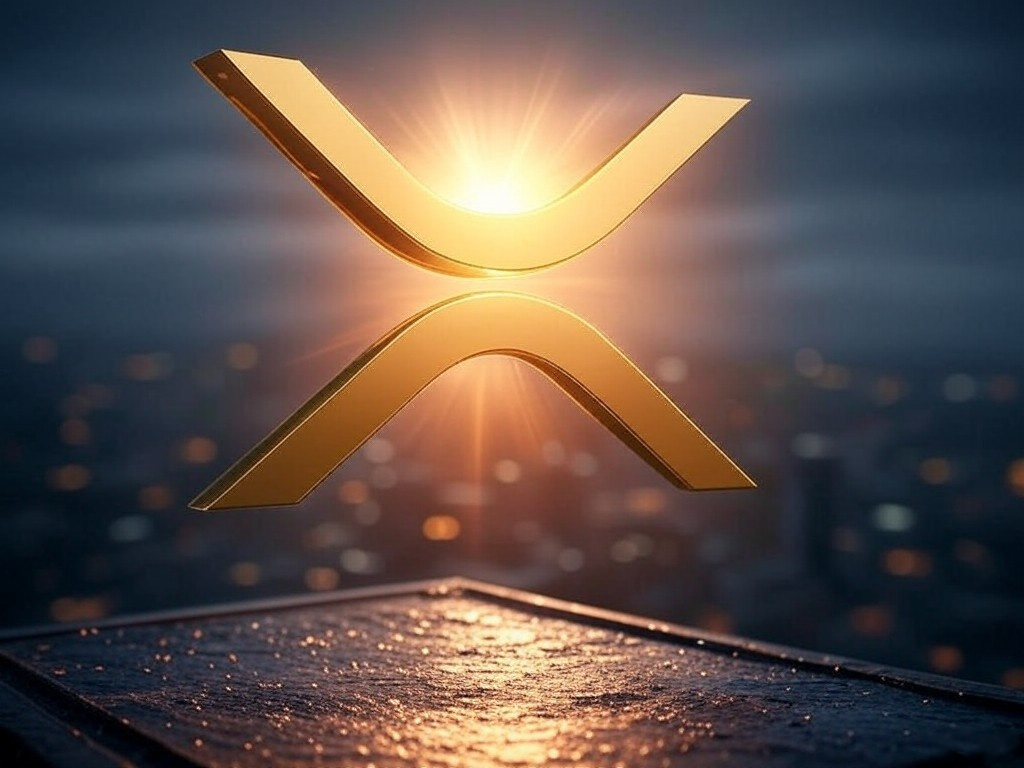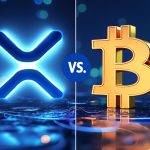Market cap, calculated as price multiplied by circulating supply, is frequently used to compare the value of different cryptocurrencies, but it’s also erroneously applied to XRP as a limiting factor on XRP’s price potential. In this article, we explore why market cap doesn’t matter for XRP.
Why Market Cap Doesn’t Matter for XRP
1. Market Cap Reflects Potential Valuation, Not Real Money
One of the biggest misconceptions is that market cap represents the amount of money invested in a cryptocurrency. This is false. Market cap is a theoretical number derived from the latest traded price multiplied across the total circulating supply.
For example, if one XRP trades for $2 and there are 50 billion XRP in circulation, the market cap is $100 billion. However, this doesn’t mean $100 billion flowed into XRP. It only takes a small percentage of that amount, the traded volume, to set the price.
Essentially, it’s a snapshot of what the market believes the entire supply of the cryptocurrency is worth at that moment.
2. Price Is Driven by Liquidity, Not Market Cap
Price can’t rise without significant demand pushing liquidity into the asset. If buyers suddenly bid higher prices for XRP, its price would skyrocket without requiring billions in new capital. That’s because market cap doesn’t constrain how high the price can go. It simply reflects what the price “is”, not necessarily what it can be. It’s a reflection of the market’s valuation based on supply and demand at any given moment.
In other words, it’s not about a proportional increase in new capital invested in the asset. Instead, it’s about the willingness of buyers to pay higher prices for the available supply. This is why we see speculative bubbles in markets, because asset prices can soar on the back of speculation and FOMO, rather than on the basis of actual capital investment matching the market cap.
Example:
Bitcoin’s market cap recently surged to over $2 trillion dollars, but the actual dollars invested to reach that valuation were much lower. Similarly, Ethereum experienced a dramatic rise in price and valuation, but it wasn’t because of a dollar-for-dollar investment matching the market cap. It was because of demand for smart contracts and DeFi applications.
This shows how perceived value and utility can lead to significant price increases, without equivalent dollar inflows. The same principle applies to XRP such that its price could also rise significantly with increased utility and demand, regardless of what market cap suggests.
3. Market Cap Assumes Circulating Supply Is Fully Liquid
Market cap calculations assume every token in circulation is actively traded, but in reality, a large portion of XRP’s supply is held in escrow or by long-term investors who don’t plan to sell anytime soon.
Because much of the supply is locked up or held by those who are not looking to sell immediately, the actual tradable supply of XRP at any given time is much lower than the circulating supply.
This illiquidity means that, regardless of market cap, even minor increases in demand can lead to significant price movements because there’s less supply available to meet that demand.
Counterarguments
“Market Cap Limits XRP’s Price Potential”
Uninformed individuals will incorrectly argue that XRP’s price is capped by its market cap. Take for instance, a comment on X, by Nathan Goldstein in reply to the following post:
All crypto gets is “price” in fiat. If $XRP had a fiat price of $1200 then the total market cap based on Max Supply would be $120T.
— Nathan Goldstein (@Number_One_Lion) December 22, 2024
In Q2 2024 the total global M2 currency supply was $129T. So that means 93% of all currency worldwide would have to buy XRP for it to hit $1200.
Nathan is wrong. The argument that XRP reaching $1200 would require 93% of the global M2 supply assumes a direct relationship between market cap and available fiat, which is a flawed interpretation of how crypto markets work. As stated above, market cap is simply a theoretical number derived from the last traded price multiplied by total circulating supply. It doesn’t mean that that’s how much money actually flowed into XRP to reach that price.
What truly limits XRP’s price is a combination of liquidity, adoption, and demand for use cases, not M2 supply. XRP serves as a bridge asset for global payments, and its price reflects the liquidity needs of those use cases. If demand for XRP increases due to widespread utility and adoption (e.g., central bank digital currencies or institutional flows), its price could rise substantially.
Therefore, market cap isn’t a ceiling, it’s a reflection. For example, the global financial system processes over $10 trillion daily in FX markets alone, dwarfing XRP’s current liquidity. In scenarios where XRP is used to settle these transactions, market cap becomes irrelevant because its utility and liquidity drive the price, not arbitrary numerical limits.
Why Market Cap Obsession Is Misguided
- It Ignores Fundamentals: Market cap doesn’t account for utility and adoption, or technological innovation.
- It Creates Misleading Comparisons: A high market cap doesn’t guarantee sustainability, as evidenced by failed projects that once boasted significant valuations.
- It Distracts from Real Metrics: Metrics like transaction volume, liquidity, and on-chain utility provide a clearer picture of a cryptocurrency’s potential.
Focus on Utility, Not Market Cap
For XRP, market cap is a byproduct, not a barrier. It’s a reflection, not a ceiling. Market cap provides a snapshot of current valuation, but it doesn’t tell the whole story. XRP’s price potential lies in its ability to drive value through utility and adoption.
When XRP’s utility in real-world applications increases, the market cap becomes less and less relevant as a limit on price. Instead, the focus becomes about how much XRP is needed to facilitate transactions, how quickly it can be bought or sold, and the trust in its network to handle large volumes of transactions.
As the crypto space matures, the most successful assets will be those that solve real-world problems, not those with the largest market caps. XRP’s focus on utility positions it for long-term growth, regardless of arbitrary metrics like market cap.










